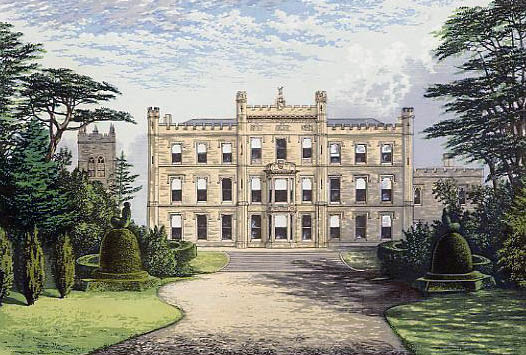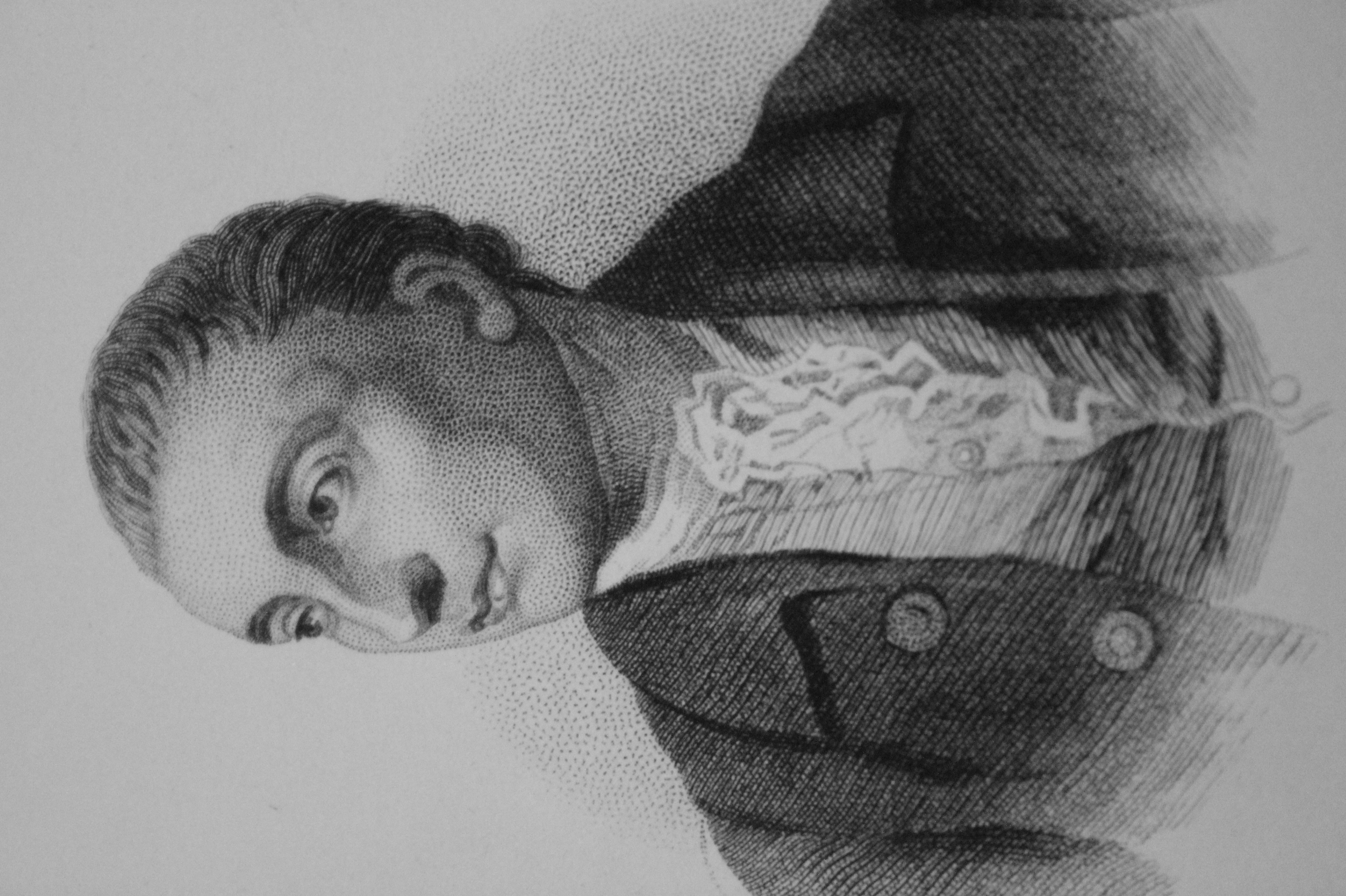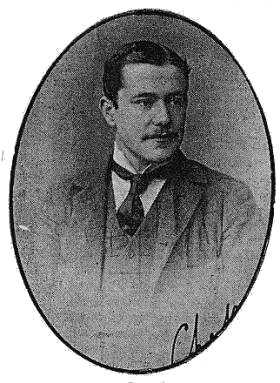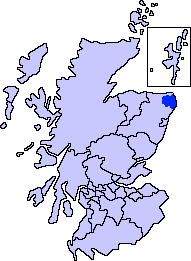|
William Stanhope, 2nd Earl Of Harrington
General William Stanhope, 2nd Earl of Harrington (18 December 1719 – 1 April 1779) was a British politician and soldier. The son of William Stanhope, 1st Earl of Harrington, he took up a military career and joined the Foot Guards in 1741, and was also returned for Aylesbury. He was wounded at the battle of Fontenoy and shortly thereafter (5 June 1745) was appointed colonel of the Second Troop of Horse Grenadier Guards, an appointment he held for the remainder of his life. He married Lady Caroline FitzRoy (1722–1784), daughter of Charles FitzRoy, 2nd Duke of Grafton, on 11 August 1746. They had seven children: * Lady Caroline Stanhope (11 March 1747 – 9 February 1767), married Kenneth Mackenzie, 1st Earl of Seaforth * Lady Isabella Stanhope (c. 1748 – 29 January 1819), married Charles Molyneux, 1st Earl of Sefton * Lady Amelia Stanhope (24 May 1749 – 5 September 1780), married Richard Barry, 6th Earl of Barrymore * Charles Stanhope, 3rd Earl of Harrington (1753–18 ... [...More Info...] [...Related Items...] OR: [Wikipedia] [Google] [Baidu] |
Earl Of Harrington
Earl of Harrington is a title in the Peerage of Great Britain that was created in 1742. History The earldom of Harrington was granted in 1742 to William Stanhope, 1st Baron Harrington, the former Secretary of State and then Lord President of the Council. He was made Viscount Petersham at the same time. In 1730, he had been created Baron Harrington, of Harrington in the County of Northampton. These titles were also in the Peerage of Great Britain. Lord Harrington was the son of John Stanhope of Elvaston and the great-grandson of Sir John Stanhope of Elvaston, younger half-brother of Philip Stanhope, 1st Earl of Chesterfield (who was the grandfather of James Stanhope, 1st Earl Stanhope). Lord Harrington was succeeded by his son, the second Earl. He was a General in the Army and also represented Bury St Edmunds in the House of Commons. His son, the third Earl, was also a General in the Army and sat as Member of Parliament for Thetford and Westminster. His elder son, the fourth E ... [...More Info...] [...Related Items...] OR: [Wikipedia] [Google] [Baidu] |
Kenneth Mackenzie, 1st Earl Of Seaforth
Kenneth Mackenzie, 1st Earl of Seaforth FRS (15 January 1744 – 27 August 1781) was a British peer, politician, soldier and Chief of the Highland Clan Mackenzie. Origins Mackenzie was the son of Kenneth Mackenzie, Lord Fortrose (died 1761) by Mary, the eldest daughter of Alexander Stewart, 6th Earl of Galloway. His paternal grandfather was the attainted William Mackenzie, 5th Earl of Seaforth, whose estates he repurchased from the government. The Earls of Seaforth descended from the ancient family of Mackenzie of Kintail. Sir James Balfour Paul, ''The Scots Peerage'', volume 7 (David Douglas, Edinburgh, 1910), at pages 512-513 Career Mackenzie was created Viscount Fortrose and Baron Ardelve in the Peerage of Ireland on 18 November 1766. He was a Member of Parliament for Caithness from 1768 to 1774. On 3 December 1771, he was created Earl of Seaforth (a new peerage, also in the Peerage of Ireland). On 12 November 1772, Mackenzie was elected a Fellow of the Royal Societ ... [...More Info...] [...Related Items...] OR: [Wikipedia] [Google] [Baidu] |
Major-general
Major general (abbreviated MG, maj. gen. and similar) is a military rank used in many countries. It is derived from the older rank of sergeant major general. The disappearance of the "sergeant" in the title explains the apparent confusion of a lieutenant general outranking a major general, whereas a major outranks a lieutenant. In the Commonwealth and in the United States, when appointed to a field command, a major general is typically in command of a division consisting of around 6,000 to 25,000 troops (several regiments or brigades). It is a two-star rank that is subordinate to the rank of lieutenant general and senior to the rank of brigadier or brigadier general. In the Commonwealth, major general is equivalent to the navy rank of rear admiral. In air forces with a separate rank structure (Commonwealth), major general is equivalent to air vice-marshal. In some countries including much of Eastern Europe, major general is the lowest of the general officer ranks, with no ... [...More Info...] [...Related Items...] OR: [Wikipedia] [Google] [Baidu] |
Bury St Edmunds (UK Parliament Constituency)
Bury St Edmunds is a constituency represented in the House of Commons of the UK Parliament since 2015 by Jo Churchill, a Conservative. Constituency profile The constituency covers Bury St Edmunds, Stowmarket and smaller settlements on the A14 corridor. Residents' wealth is around average for the UK. History The constituency was created as a Parliamentary Borough in 1614, returning two MPs to the House of Commons of England until 1707, then to the House of Commons of Great Britain until 1800, and from 1800 to the House of Commons of the United Kingdom. By the mid eighteenth century the seat was seen as heavily influenced by the Earl of Bristol and the Duke of Grafton. Its representation was reduced to one seat under the Redistribution of Seats Act 1885. Under the Representation of the People Act 1918, it was abolished as a borough and reconstituted as a division of the Parliamentary County of West Suffolk. As well as the abolished borough, the expanded seat comprised most o ... [...More Info...] [...Related Items...] OR: [Wikipedia] [Google] [Baidu] |
Charles Craufurd
Lieutenant-General Sir Charles Gregan Craufurd GCB (12 February 1763 – 26 March 1821) was a British soldier. He was born in Golden Square, London, the second son of Sir Alexander Crauford of Kilbirnie, 1st Baronet and his wife, Jane Crokatt. He was the younger brother of Sir James Craufurd of Kilbirnie, 2nd Baronet and the elder brother of Robert Craufurd. Charles Craufurd entered the 1st Dragoon Guards as a cornet on 15 December 1778. Promoted a lieutenant in 1781, he was raised to the rank of captain in the 2nd Dragoon Guards (Queen's Bays) in 1785. He became the equerry and intimate friend of the Duke of York. He studied in Germany for some time, and, with his brother Robert's assistance, translated Tielke's book on the Seven Years' War (''The Remarkable Events of the War between Prussia, Austria and Russia from 1756 to 1763''). As '' aide-de-camp'' he accompanied the Duke of York to the French War on the Netherlands in May 1793 attached to the Austrian HQ's commander-in-c ... [...More Info...] [...Related Items...] OR: [Wikipedia] [Google] [Baidu] |
Thomas Pelham-Clinton, 3rd Duke Of Newcastle-under-Lyne
Major-General Thomas Pelham-Clinton, 3rd Duke of Newcastle-under-Lyne (1 July 1752 – 18 May 1795), known as Lord Thomas Pelham-Clinton until 1779 and as Earl of Lincoln from 1779 to 1794, was a British Army officer and politician who sat in the House of Commons between 1774 and 1794 when he succeeded to the peerage as Duke of Newcastle. Born on 1 July and christened on 28 July 1752 at St Margaret's, Westminster,William Coxe, ''Memoirs of the Administration of the Right Honourable Henry Pelham'', Volume 1 (London: Longman, Brown, Rees, Orme & Green, 1829), p. xxx Pelham-Clinton was the second but eldest surviving son of Henry Pelham-Clinton, 2nd Duke of Newcastle-under-Lyne, and his wife Lady Catherine Pelham, daughter of Henry Pelham. After his education, he embarked on a military career. In April 1774, he accompanied General Henry Lloyd, General Henry Clinton and Major Thomas Carleton as "English observers" of the Second Russo-Turkish War on the Danube (Speelman, 2002). He serve ... [...More Info...] [...Related Items...] OR: [Wikipedia] [Google] [Baidu] |
Thomas Foley, 2nd Baron Foley (1742–1793)
Thomas Foley, 2nd Baron Foley (24 June 1742 – 2 July 1793) of Witley Court in Worcestershire, was a British peer and politician who sat in the House of Commons from 1767 to 1777 when he was raised to the peerage. Early life Foley was the eldest son of Thomas Foley, 1st Baron Foley (1716–1777), Thomas Foley, 1st Baron Foley, and was born on 24 June 1742. He was educated at Westminster School from 1753 and matriculated at Magdelen College, Oxford, in 1759. Political career Foley was returned unopposed as Member of Parliament for Herefordshire (UK Parliament constituency), Herefordshire at a by-election on 18 May 1767 and retained his seat at the 1768 British general election, 1768 general election. At the 1774 British general election, 1774 general election he was returned as MP for the family borough of Droitwich (UK Parliament constituency), Droitwich until he succeeded to his father's peerage in 1777. Foley was a close friend of Charles James Fox, and was a gambler. Mary Del ... [...More Info...] [...Related Items...] OR: [Wikipedia] [Google] [Baidu] |
Buchan2008
Buchan is an area of north-east Scotland, historically one of the original provinces of the Kingdom of Alba. It is now one of the six committee areas and administrative areas of Aberdeenshire Council, Scotland. These areas were created by the council in 1996, when the Aberdeenshire council area was created under the Local Government etc (Scotland) Act 1994. The council area was formed by merging three districts of the Grampian Region: Banff and Buchan, Gordon and Kincardine and Deeside. The committee area of Buchan was formed from part of the former district of Banff and Buchan. Etymology The genesis of the name ''Buchan'' is shrouded in uncertainty, but may be of Pictish origin. The name may involve an equivalent of Welsh ''buwch'' meaning "a cow". American academic Thomas Clancy has noted cautiously the similarity between the territory names ''Buchan'' and ''Marr'' to those of the Welsh commotes ''Cantref Bychan'' and ''Cantref Mawr'', meaning "small-" and "large-commo ... [...More Info...] [...Related Items...] OR: [Wikipedia] [Google] [Baidu] |
George Ferguson (Lt Governor Of Tobago)
George Ferguson (1748 – 29 December 1820) was the fourth Laird of Pitfour, a large estate in the Buchan area of Aberdeenshire, Scotland, that became known as The Blenheim of the North. He lived much of his life in Tobago and became lieutenant governor in 1779. He surrendered the island to the French after a battle in 1781. Accusations were made by the commander of the British Fleet that the island was surrendered too easily but Ferguson was cleared of any blame at a subsequent enquiry. He is usually referred to as the "Governor" to help differentiate between the generations, as men of the next generations were also named George Ferguson. Ferguson was only Laird of Pitfour for about three months before his sizeable estate, including the plantations in the Caribbean, passed to his illegitimate son. Early life and family Ferguson was born at Pitfour in the Buchan area of Aberdeenshire in the north east of Scotland in 1748. His father was James Ferguson who had been raised t ... [...More Info...] [...Related Items...] OR: [Wikipedia] [Google] [Baidu] |
Invasion Of Tobago
The Invasion of Tobago was a French invasion of the British-held island of Tobago during the Anglo-French War. On May 24, 1781, the fleet of Comte de Grasse landed troops on the island under the command of General Marquis de Bouillé. By June 2, 1781, they had successfully gained control of the island. Background Following the Battle of Fort Royal, Hood's retreat had left Santa Lucia exposed to a French invasion. Additionally, two French ships of the line and 1300 troops sailed from Martinique against Tobago. De Grasse met with Martinique's governor, Marquis de Bouillé, and developed a plan for capturing Tobago. The French forces were to be divided, with one convoy accompanied by a small number of battle ships to head for Tobago, with the rest of the forces to land on St. Lucia as a diversion. The forces used in the diversion would then be withdrawn and sent to Tobago, reinforcing the first convoy. Led by de Bouillé and accompanied by de Grasse, the St. Lucia division withdr ... [...More Info...] [...Related Items...] OR: [Wikipedia] [Google] [Baidu] |
Henry Fitzroy Stanhope
Henry may refer to: People *Henry (given name) *Henry (surname) * Henry Lau, Canadian singer and musician who performs under the mononym Henry Royalty * Portuguese royalty ** King-Cardinal Henry, King of Portugal ** Henry, Count of Portugal, Henry of Burgundy, Count of Portugal (father of Portugal's first king) ** Prince Henry the Navigator, Infante of Portugal ** Infante Henrique, Duke of Coimbra (born 1949), the sixth in line to Portuguese throne * King of Germany **Henry the Fowler (876–936), first king of Germany * King of Scots (in name, at least) ** Henry Stuart, Lord Darnley (1545/6–1567), consort of Mary, queen of Scots ** Henry Benedict Stuart, the 'Cardinal Duke of York', brother of Bonnie Prince Charlie, who was hailed by Jacobites as Henry IX * Four kings of Castile: **Henry I of Castile **Henry II of Castile **Henry III of Castile **Henry IV of Castile * Five kings of France, spelt ''Henri'' in Modern French since the Renaissance to italianize the name and to ... [...More Info...] [...Related Items...] OR: [Wikipedia] [Google] [Baidu] |







